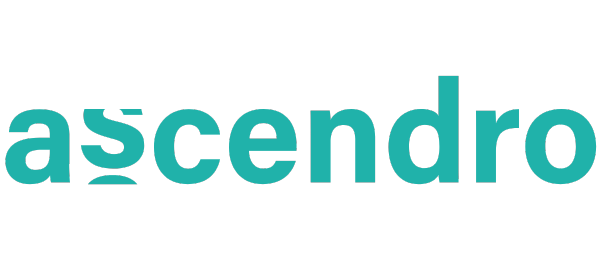While investigating a legacy migration project, we examined the use of blockchain technology as a subsystem. At first glance, the application was quite simple. Taking a deeper look into the value chain, we found a whole range of different suppliers, interfaces, process steps and information exchange points. In order for suppliers to perform their tasks, they were highly dependent on a trusted data point and a clear status. Of course, we could use workflow tools to achieve the same result. However, what made the decision to use blockchain easier was the embedded structure that uses tokens, various wallets, and smart contracts. The additional advantage of this decision was the stability of the data. A database can be altered even if you have good logging. Data stability is a key property of the blockchain, along with all the other additional benefits that would help us get off the ground.
The bottom line is that blockchain would prove to be a great advantage as a subcomponent. It would reduce costs and eliminate the need to develop core functions. It would shorten migration time and reduce the risks of complicated development work. For gas charges, we decided to use our own in-house chain because there was no need to have it on one of the public chains. As more and more legacy systems are migrated, it is critical to have a plan for the transition.
Related Posts
February 20, 2025
The Low-Code approach for fintech software development in 2025
Low-code is transforming fintech software development by automating processes &…
October 31, 2024
Blockchain in the insurance industry, a novelty or a well-established asset?
What is the role of blockchain in the insurance industry? Find out when it…




